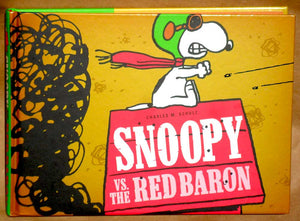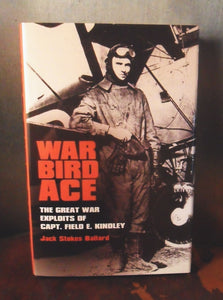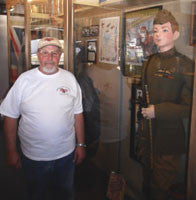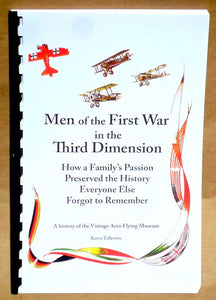Knights Without Parachutes
7 Worthy Opponent qualities: why the Red Baron fascinates
The Red Baron, Manfred von Richthofen, was an enemy (assuming you're associated with the Allied side if you're reading this in English...) who died in a war that happened a hundred years ago, a war which many people automatically refer to as "meaningless". So why is the Red Baron almost the universal symbol for World War 1? What fascinates us about him? Why do we remember him? A friend recently wrote me that WWI was his favorite war "if one is allowed to have such a thing." (Sure you are. All wars aren't equally awful.) What he liked was that "WWI has a sort of steampunk aesthetic....
The Red Baron flunked his test flight and 9 other facts
1. Manfred von Richthofen was really a baron, from the von Richthofen Prussian baronial family. 2. An uncle of his was an early developer in Denver and built Richthofen Castle there. 3. Richthofen’s squadron, known as the Flying Circus, was painted mostly red, to symbolize blood and death to the enemy, but only Richthofen’s aircraft was completely red, acknowledging his leadership. 4. He was a cavalryman on the Russian front first, and was afraid there might not be any fighting. 5. He scored 80 confirmed air victories, but probably would have had many more if he had counted by the standards...
Can dropouts fit in with Ivy League pilots?
Before becoming a World War 1 pilot, Field Kindley was a high school dropout and movie projectionist. Neither description had as negative career connotations then as now, but when he got into the 148th Aero Squadron, he was surrounded by fellow pilots from a very different class. According to War Bird Ace: The Great War Exploits of Capt. Field E. Kindley, Lt Springs was from Princeton, Lt Oliver was from Yale and the son of a senator, Lt Callahan was from Cornell, and the squadron commander was a Harvard quarterback. Not everyone was Ivy League, but there was almost a "college-type camaraderie." It would have been easy...
How to fall out of your airplane and survive
It's a true story. But the drawing for Ripley's Believe It or Not "Luckiest Man Alive" is slightly mythical. Captain Hedley, as an observer with no seatbelt, did indeed both fall out of his plane and land on it again, just not quite as dramatically as shown in the Ripley's drawing of the event. The drawing showed Hedley falling straight down while the airplane dove in a vertical half-circle to intersect with his fall. Instead, it seems he fell more or less with the airplane, and somehow landed on the tail. But a miss is as good as a mile; it didn't matter if Hedley...
How to attract weird and colorful pilots: Lafayette Escadrille
How did the fighter pilot image, promoted by the United States Air Force, shown in many movies, and imitated by many hopeful pilot candidates, get started? It began in WWI, in 1916, a long time before America's entry into the war. The first American aviators were in the Lafayette Escadrille (also known as "Escadrille Lafayette", "Escadrille Americaine" in an effort to clarify that America wasn't in the war, but Americans were.) The next "generation" (in the sense that many of the first had already died and some of the new ones never met the old ones) didn't fit into one squadron and...





